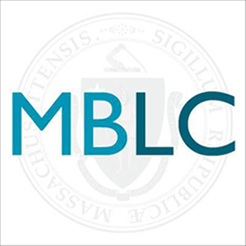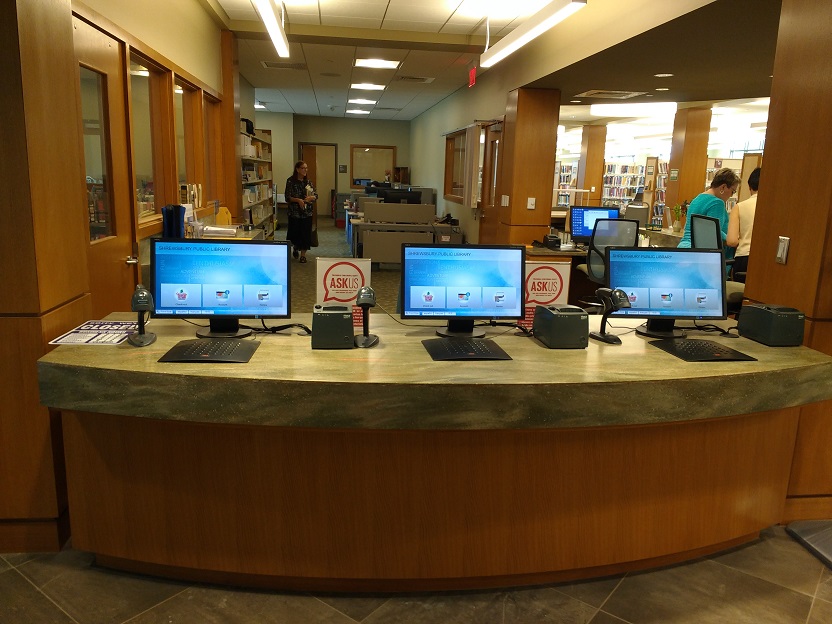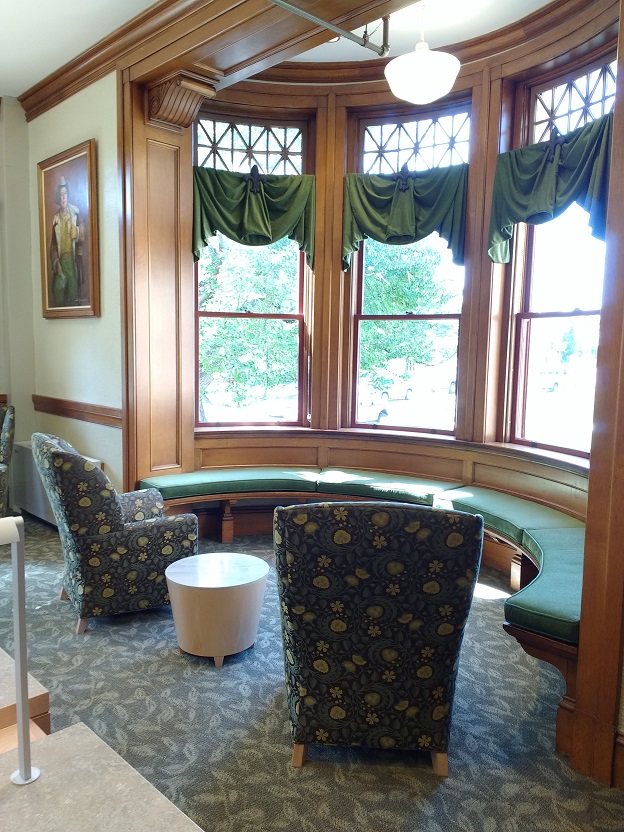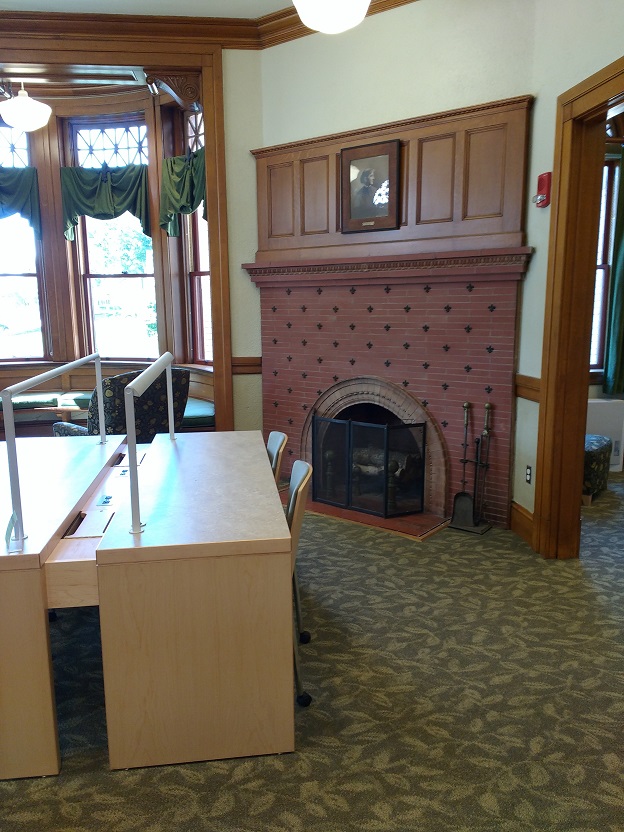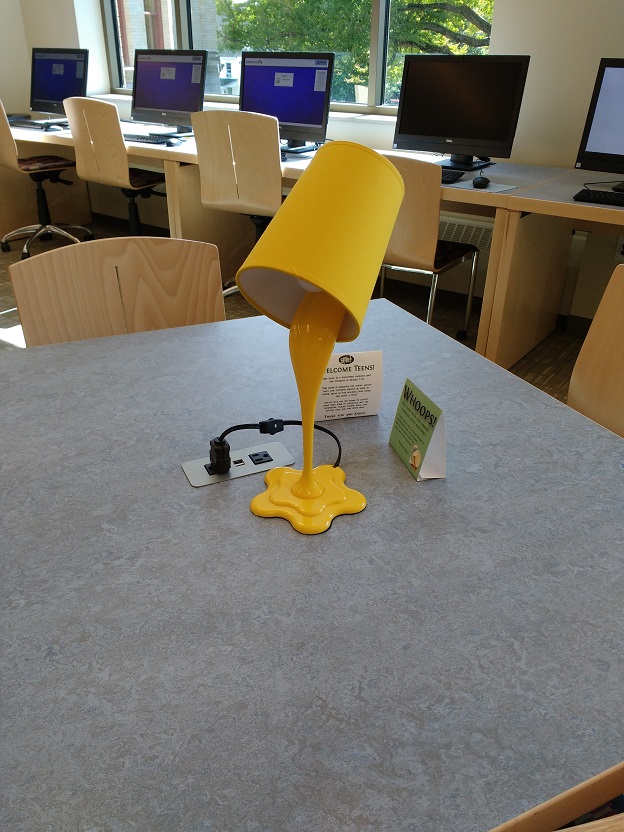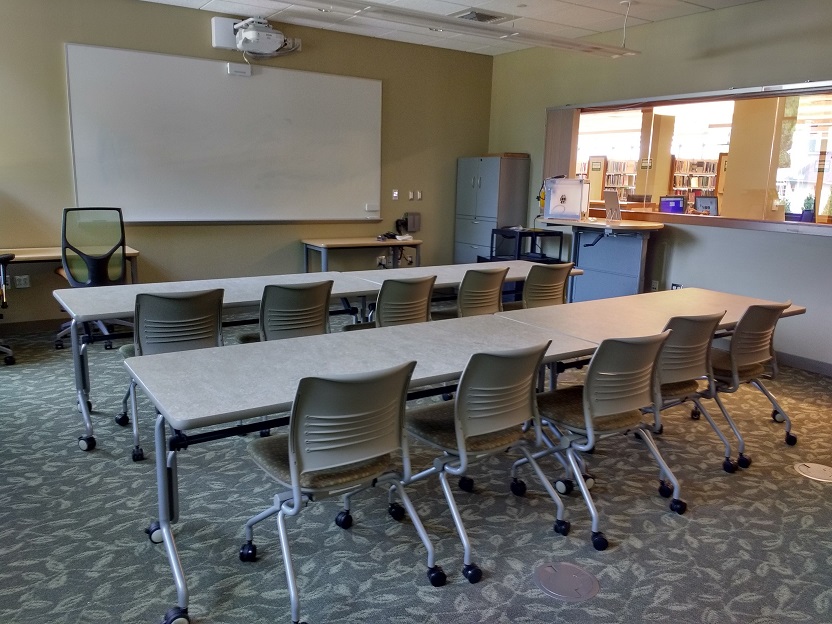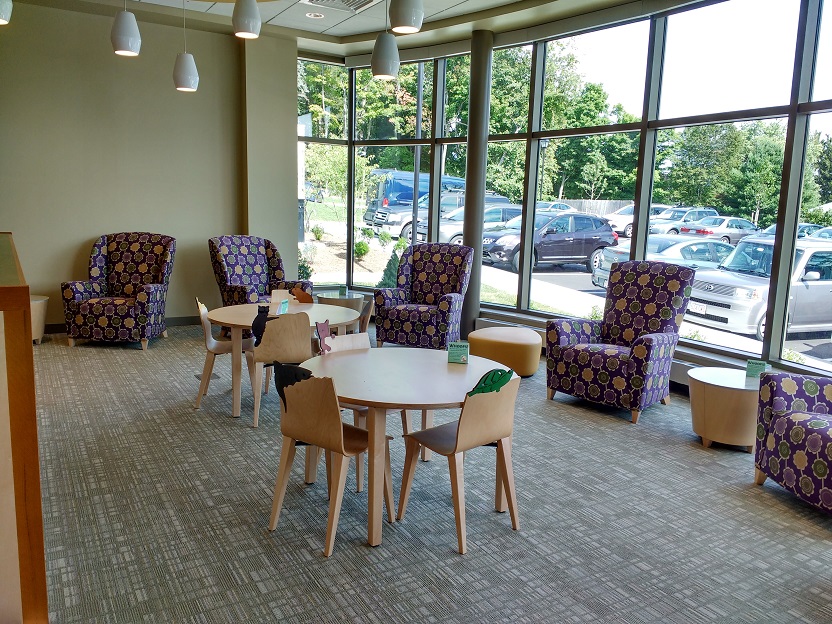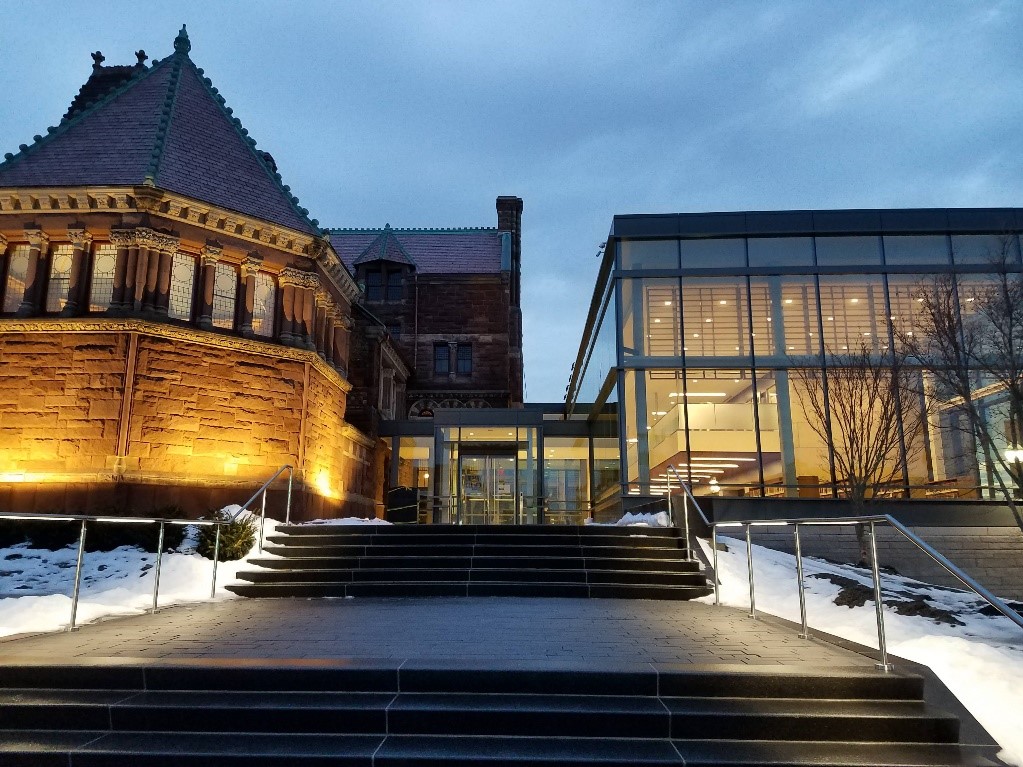
By Lauren Stara, Library Building Specialist at the MBLC
Public library buildings are civic hubs and as such, they are often designed to serve as enduring symbols of public good. They are opportunities to demonstrate community values in the built environment. The Massachusetts Public Library Construction Program focuses on functionality and efficiency of library designs, but it’s a fact that inspiring and beautiful buildings are ones that people want to visit again and again.
For a library building, an architectural award is something to celebrate. This year, Massachusetts public libraries have received an unprecedented FIVE awards from the American Institute of Architects’ New England Chapter, and two of those buildings also received national recognition, receiving awards from the joint committee of the American Institute of Architects and the American Library Association.
2021 AIA/ALA Building Awards
- Boston Public Library – Roxbury Branch / Utile, Inc Architecture and Planning
- Cambridge Public Library – Valente Branch / William Rawn Associates Architects
2021 AIA New England Design Awards
- Best of the Boston Society of Architects
- Woburn Public Library / CBT Architects
- Honor Awards
- Woburn Public Library / CBT Architects
- Boston Public Library – Roxbury Branch / Utile, Inc Architecture and Planning
- Merit Awards
- King Open Schools Complex, which includes the Cambridge Public Library – Valente Branch / William Rawn Associates Architects
- Eastham Public Library / Oudens Ello Architecture
- Citation
- Norwell Public Library / Oudens Ello Architecture
All of these buildings received funding from the MBLC through the Massachusetts Public Library Construction Program, and we add our congratulations to all these libraries and their architects.
